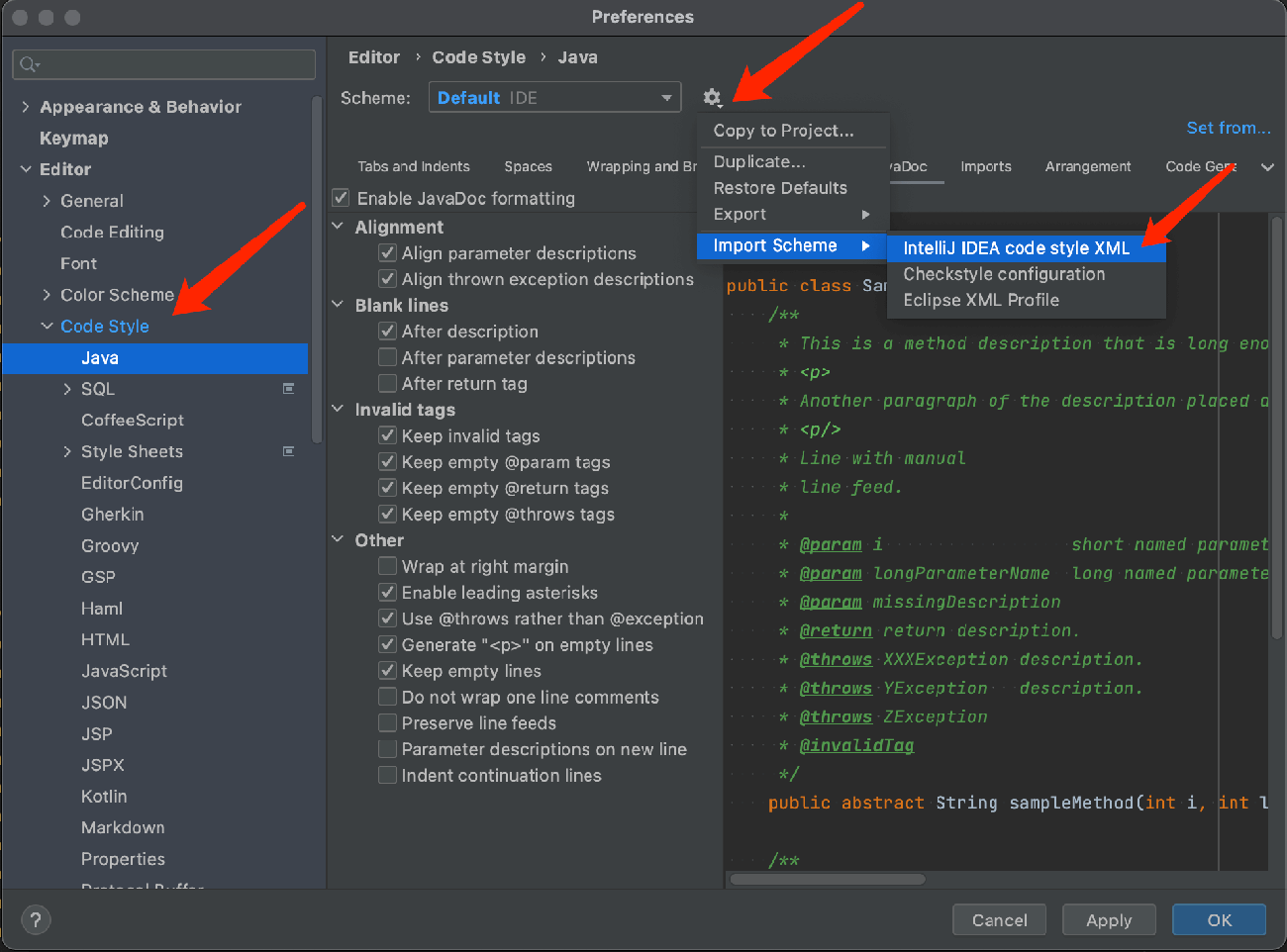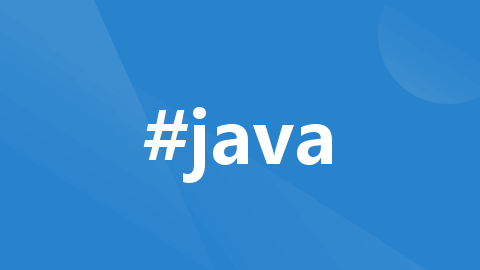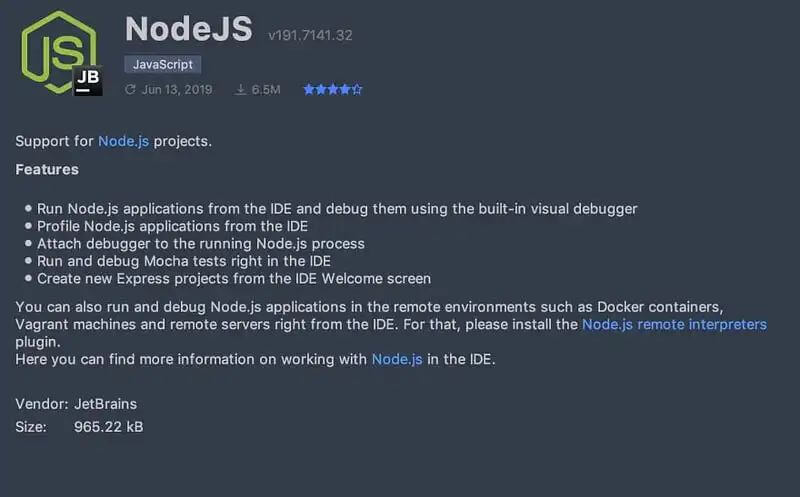In a complete project, PO, VO, DAO, BO, DTO, and POJO each play different roles, helping us organize and manage the code, making the structure clear with distinct responsibilities.
In daily Java development, especially when working with large systems using Spring Boot, we frequently hear these terms. They represent different object models and play different roles in various layers of the system.
Understanding these concepts and their use cases is crucial for writing clean and maintainable code.
This article will explain these concepts in detail and help you better understand and practice them through Java code examples.

1. PO (Persistent Object)
(1) Concept
A PO is a Java object that corresponds one-to-one with the database table structure, typically used with ORM frameworks like Hibernate or JPA. It represents a single record in the database and includes mappings to database fields and related business methods.
(2) Example
@Entity
@Table(name = "users")
public class UserPO {
@Id
@GeneratedValue(strategy = GenerationType.IDENTITY)
private Long id;
@Column(name = "username", nullable = false)
private String username;
@Column(name = "password", nullable = false)
private String password;
// Getters and Setters
}(3) Use Case
PO objects are used for CRUD operations with the database. Through ORM frameworks, PO objects can be persisted directly to the database or read data from it.
2. VO (Value Object)
(1) Concept
A VO is an object used in the presentation layer, typically for data transfer. It doesn't contain any business logic and is primarily used to hold data. VOs are usually read-only and their lifecycle is generally limited to a single request.
(2) Example
public class UserVO {
private String username;
private String email;
private String phoneNumber;
// Getters and Setters
}(3) Use Case
VO objects are used when interacting between the Controller layer and the frontend, responsible for passing data from the server to the client.
3. DAO (Data Access Object)
(1) Concept
A DAO is an object used to access the database. It separates PO objects from database operations, allowing business logic to be decoupled from data access logic. DAO usually comes in the form of an interface and an implementation class.
(2) Example
@Repository
public interface UserDAO extends JpaRepository<UserPO, Long> {
UserPO findByUsername(String username);
}(3) Use Case
DAO objects are used in the persistence layer, encapsulating data operation details so that the business logic layer doesn't interact directly with the database.
4. BO (Business Object)
(1) Concept
A BO is the core object in business logic, containing both business methods and attributes. It's typically used in the Service Layer and encapsulates business logic, which may span multiple tables or domain models.
(2) Example
public class UserBO {
private String username;
private String encryptedPassword;
private List<Role> roles;
// Business method
public boolean isAdmin() {
return roles.contains(Role.ADMIN);
}
// Getters and Setters
}(3) Use Case
BO objects are used in the business logic layer, encapsulating complex business logic and keeping it separate from the persistence and presentation layers.
5. DTO (Data Transfer Object)
(1) Concept
A DTO is an object used to transfer data, typically between different systems or services. A DTO can aggregate data from multiple domain objects to reduce the number of transfers and bandwidth consumption.
(2) Example
public class UserDTO {
private String username;
private String email;
private String phoneNumber;
private String role;
// Getters and Setters
}(3) Use Case
DTO objects are used when transferring data between different layers or services, especially in microservice architectures, where they facilitate data exchange between services.
6. POJO (Plain Old Java Object)
(1) Concept
A POJO is a simple Java object that doesn't adhere to any specific requirements or constraints. It doesn't inherit or implement specific classes or interfaces. A POJO merely contains attributes and getter/setter methods.
(2) Example
public class UserPOJO {
private String username;
private String password;
// Getters and Setters
}(3) Use Case
POJOs can be used in any scenario. They are the most basic form of Java objects and can be extended to other object types such as VO, DTO, etc.
7. How to Apply These Objects in a Project
In a typical Spring Boot project, the application scenarios for these objects are as follows:
Controller Layer: Receives requests and uses VO objects to return data to the frontend.
Service Layer: Handles business logic and uses BO objects to encapsulate the business logic.
Repository Layer: Accesses the database and uses DAO objects for data operations.
DTO Objects: Used to transfer data between different layers or services, especially in microservices.
PO Objects: Used for ORM mapping, with a one-to-one correspondence with the database table structure.
8. Code Example
(1) Complete Spring Boot Example
UserPO Class:
@Entity
@Table(name = "users")
public class UserPO {
@Id
@GeneratedValue(strategy = GenerationType.IDENTITY)
private Long id;
@Column(name = "username", nullable = false)
private String username;
@Column(name = "password", nullable = false)
private String password;
// Getters and Setters
}UserDAO Interface:
@Repository
public interface UserDAO extends JpaRepository<UserPO, Long> {
UserPO findByUsername(String username);
}UserBO Class:
public class UserBO {
private String username;
private String encryptedPassword;
// Business logic
public boolean isPasswordCorrect(String inputPassword) {
return encryptedPassword.equals(encryptPassword(inputPassword));
}
private String encryptPassword(String password) {
// Encryption logic
return password; // Simplified here, should return encrypted password in reality
}
// Getters and Setters
}UserService Class:
@Service
public class UserService {
@Autowired
private UserDAO userDAO;
public UserBO getUserByUsername(String username) {
UserPO userPO = userDAO.findByUsername(username);
UserBO userBO = new UserBO();
userBO.setUsername(userPO.getUsername());
userBO.setEncryptedPassword(userPO.getPassword());
return userBO;
}
}UserController Class:
@RestController
@RequestMapping("/users")
public class UserController {
@Autowired
private UserService userService;
@GetMapping("/{username}")
public UserVO getUser(@PathVariable String username) {
UserBO userBO = userService.getUserByUsername(username);
UserVO userVO = new UserVO();
userVO.setUsername(userBO.getUsername());
return userVO;
}
}Conclusion
In a complete project, PO, VO, DAO, BO, DTO, and POJO each play different roles, helping us organize and manage the code, making the structure clear and responsibilities distinct. Understanding these concepts and using them correctly will help you write more maintainable and scalable code.
With the detailed explanation and code examples provided in this article, you should now have a deeper understanding of these object models and be able to apply them efficiently in actual development.



